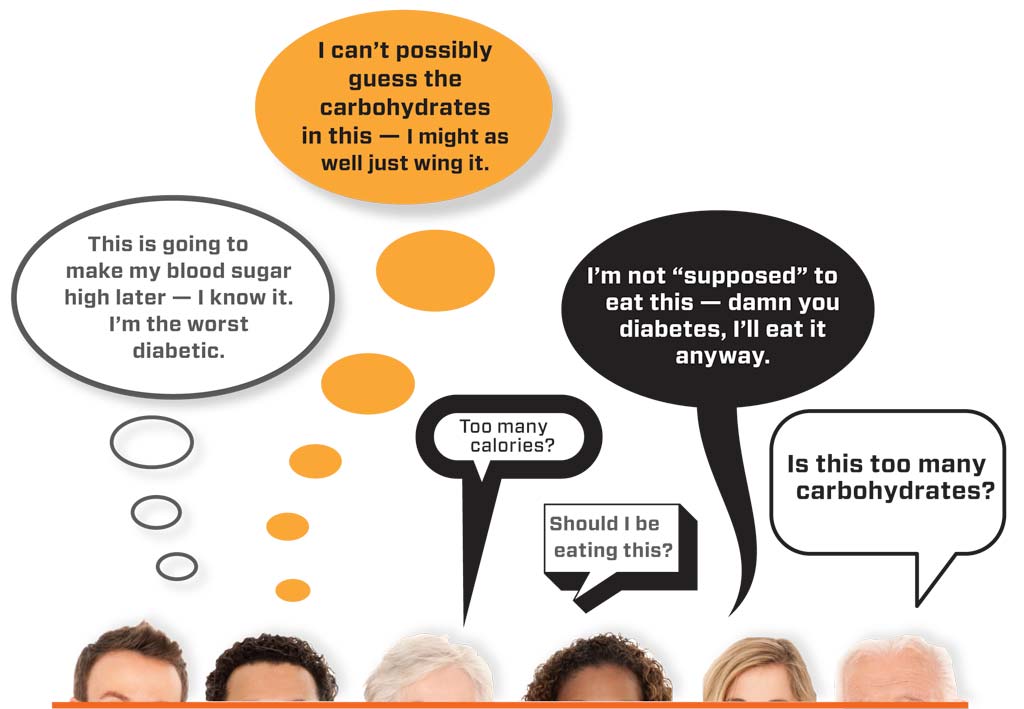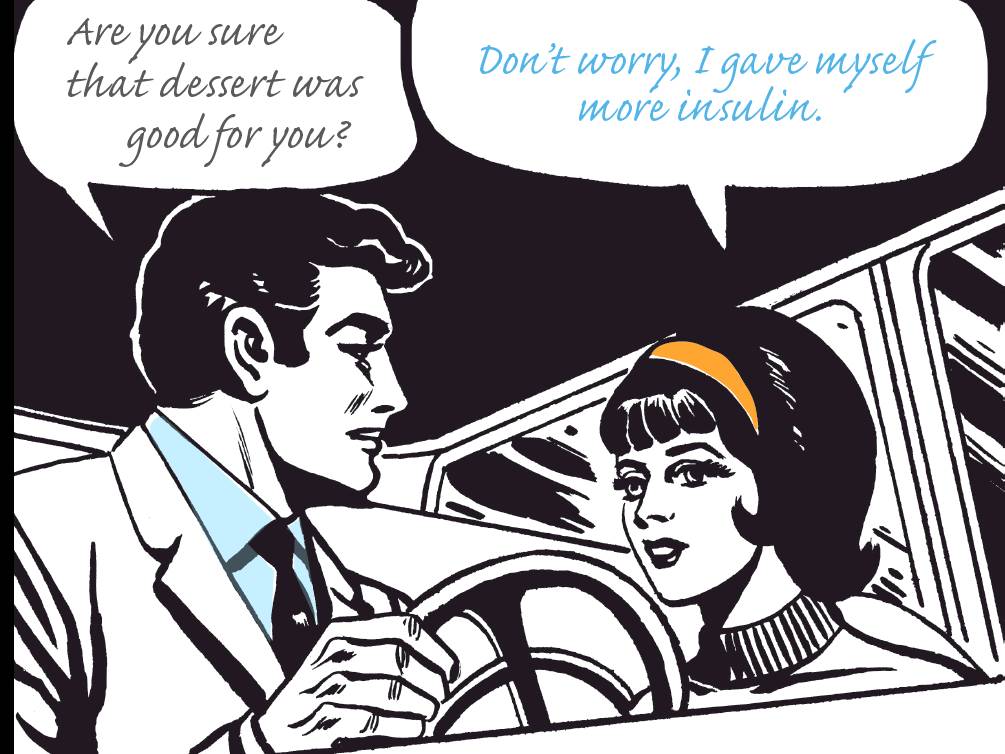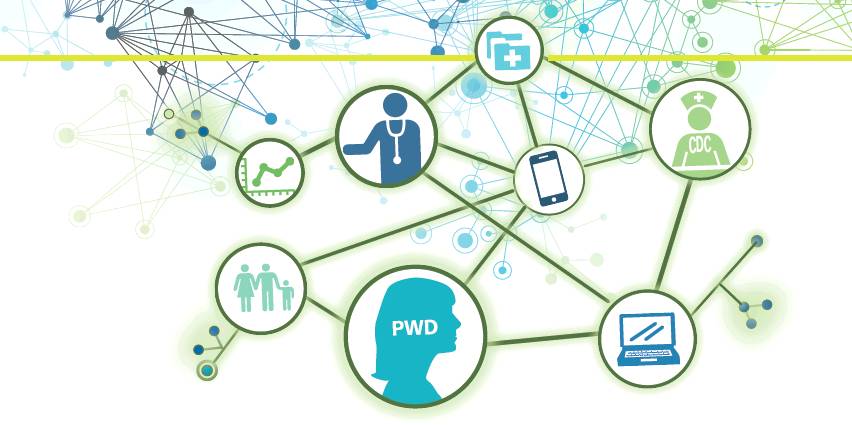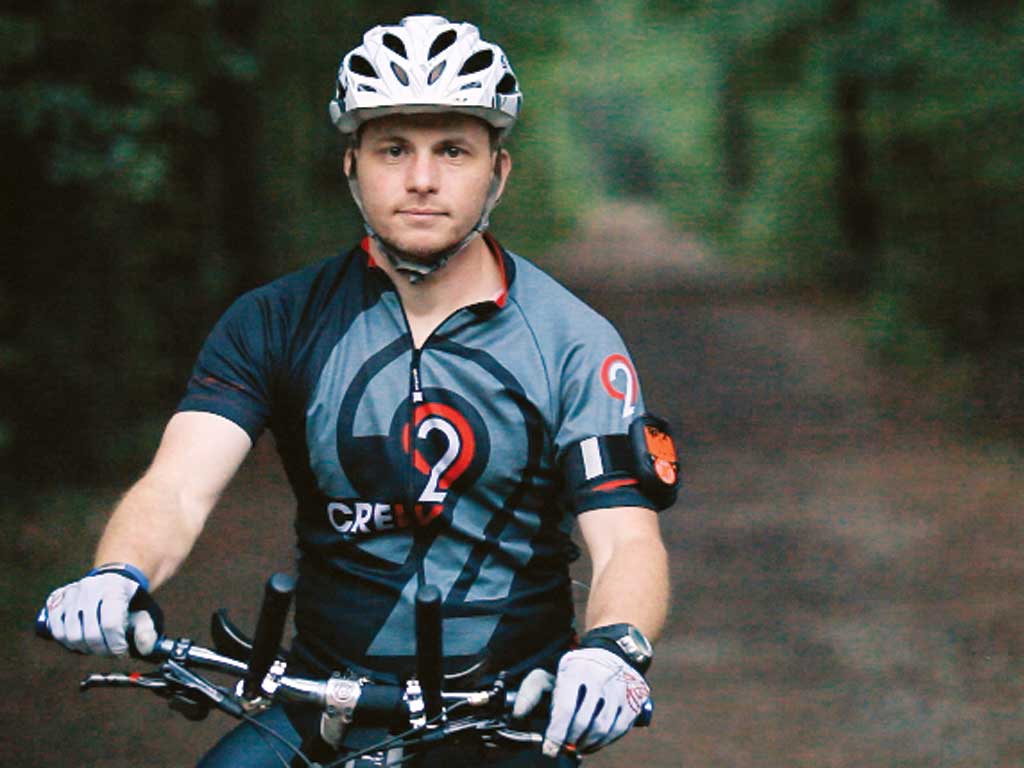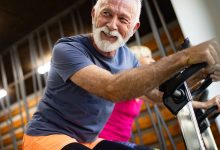Exercise Evangelists

It’s 6:15 a.m. in southern California, and another beautiful day is unfolding on the beach on La Jolla. Mason Cross wishes he had time to take in the beauty of a Pacific Ocean sunrise, but he’s busy trying to figure out how to get into a wetsuit and stay upright on a surfboard, as are another dozen men and women. This is Day three of a four-day endurance contest, bonding exercise, and diabetes classroom known as Insulindependence University, and although Cross is an accomplished distance runner used to pushing himself physically, he’s beginning to feel weary.
“I haven’t been this exhausted from a week’s work since two-a-days in high school football,” he says, with a slight grin.
Today’s “Dawn Phenom” group activity begins a 16-hour day filled with physical challenges (rock climbing, anyone?) and classroom sessions (fundraising and psychology included), all aimed at equipping this group of PWD volunteers from across the U.S. to build and lead local or regional Insulindependence chapters when they return home. Cross, a 53 year-old printing services business owner from Birmingham, Alabama, who was diagnosed with diabetes in 1990, is one of them. Each Chapter is supposed to organize and hold monthly exercise-based activities for people with diabetes, and to encourage diabetic runners, swimmers, cyclists and walkers of all ages and fitness levels to set and achieve personal fitness goals. Some of the Captains-in-training are accomplished athletes with triathlons and marathons on their resumes. Others have more modest resumes. But they all share a vision and are backing it up with investments of both time and money.
The aim is to build a national organization built around local groups, making physical fitness a cornerstone of diabetes management.
Each of the “IU” attendees are using vacation days and paying their own way to be here, some for the second or third time, because they are out to change both their own and others’ ability to manage diabetes. They see themselves as the vanguard of hundreds, even thousands of future participants who will not see diabetes as a barrier, but as a reason to get fit and stay that way. Although daily exercise will remain a largely solitary pursuit, the monthly Insulindependence events will provide a group to which individuals can turn for support as well as inspiration. At least, that is Peter Nerothin’s point of view.

Insulindependence is Nerothin’s brainchild, and although he is soft-spoken and tries to blend in with rather than dominate the group, he is without question its driving force. Nerothin grew up and went to college in Minnesota, and although southern California suits him well, a lot of Minnesota remains. Thoughtful, straightforward, a good listener, politely edgy, and self-effacing without being apologetic, he is with you and not with you at the same time, always focusing on the horizon, and on what remains to be done. And there is a lot to do, because his aim is nothing less than a national organization built around local groups, making physical fitness a cornerstone of diabetes management by empowering individual PWD to test their own limits and learn by doing. Just like he did.
Nerothin grew up in a diabetes household. Both of his parents were health care professionals and his older brother was diagnosed at age 6. Diet Coke and healthy meals were the rule. He remained untouched by diabetes until he was 21, but at the end of a long solo backpack adventure across Europe, his father met him in Amsterdam and diagnosed him on the spot. Ironically, he had just completed his first marathon. No more of that, his father advised; it’s time to come home, get a job with health insurance, and accept your limitations. “I tried, I really did,” Nerothin recalls. “But I was miserable.” The urge to test his limits gnawed at him, and after Lifescan responded to a letter he wrote asking for a year’s worth of diabetes supplies so that he could show that anything was possible with diabetes, he sold his car on the way to the airport and bought a one-way plane ticket to New Zealand. Continuing around the world for the next year he pushed the envelope – running, camping, walking, kayaking, skydiving – all while working to control his diabetes. “The more I pushed myself,” he recalls, “the better I became at it.”
Insulindependence offers the hope that by testing their own limits within the structure of organized group activities as well as by themselves, thousands of people with diabetes will gain both self-confidence and good health.

It was a lesson he would take home and build upon. Now 6 years old, Insulindependence has lofty ambitions but realistic short-term goals. Armed with a $900,000 grant over three years from the Helmsley Foundation, the Insulindependence staff aims to train 175 regional volunteers by the end of 2014. They will, in turn, reach 3,500 people with diabetes through the group’s programs. During the second and third years of the grant, Insulindependence aims to measure both improved quality of life and statistical factors such as A1c scores, through a partnership with another Helmsley benefactor, the T1D Exchange.
Exercise has always been the black hole of diabetes management, a vital part of therapy that has lacked an organized means for PWD to band together in its pursuit. Insulindependence offers hope that this can change, that by testing their own limits within the structure of organized group activities as well as by themselves, thousands of people with diabetes will gain both self-confidence and good health. To accomplish this, the organization must grow from 20 Chapters today to more than 100 in the next two years. Armed with Helmsley’s generosity, Nerothin’s vision, and a well-conceived approach to volunteer organization, it seems an achievable goal. Don’t bet against an idea whose time has come.
Thanks for reading this Insulin Nation article. Want more Type 1 news? Subscribe here.
Have Type 2 diabetes or know someone who does? Try Type 2 Nation, our sister publication.

